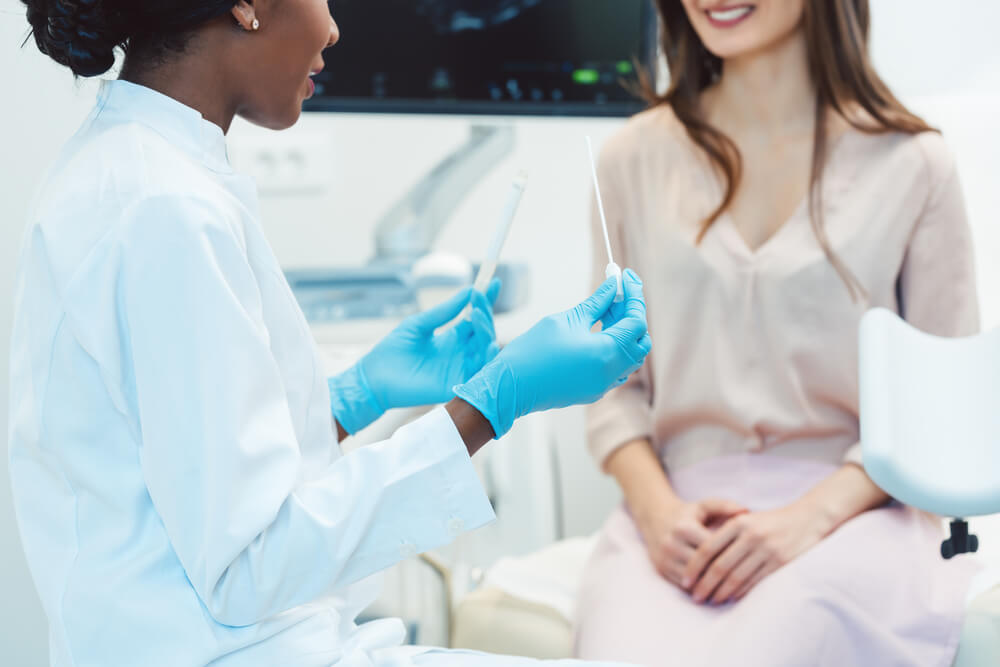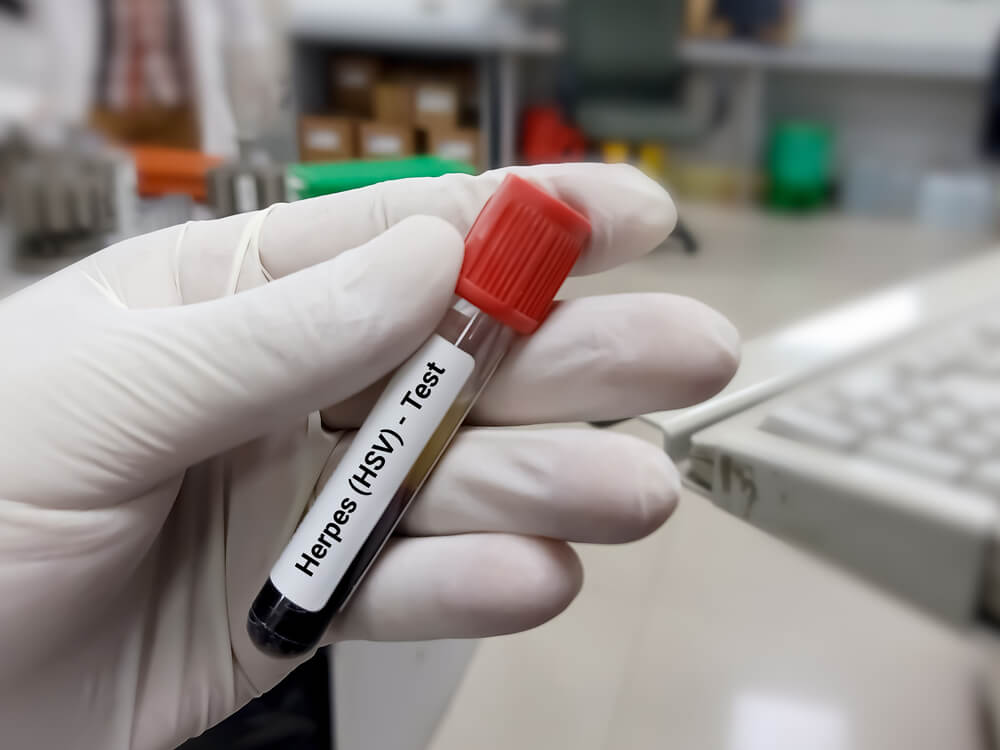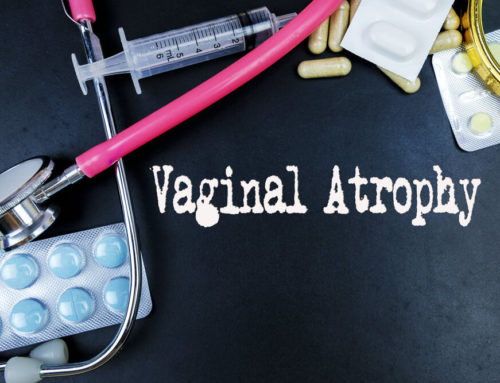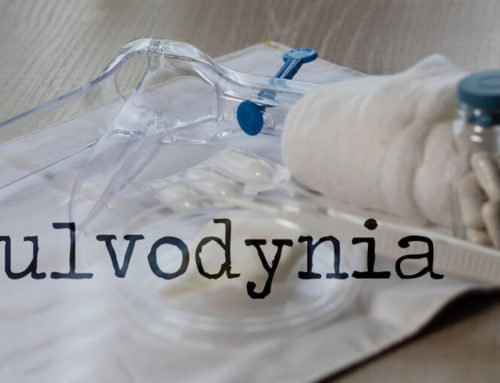STDs (sexually transmitted diseases) and STIs (sexually transmitted infections) are unfortunate possibilities when engaging in sexual activities. All of which have their symptoms and time taken until they start showing. If you’re concerned that you may be exhibiting STDs or STIs, then it’s best to contact women’s health in Hialeah or your local area.
If you’ve recently taken a test and are wondering: how long does it take for an STD to show up on a test? Keep reading as we answer all your questions and provide important information on the different types of STDs and discuss how they differ from STIs.
Understanding the Differences Between STIs and STDs
The first major difference between these two can be seen in their names. One is about infections transmitted during sexual activities, and the other relates to diseases transmitted in the same way.
Many infections can lead to diseases, such as when STD bumps or appears on lips. When the infection has been sexually transmitted, it consists of a virus or bacteria which has entered the body. It then starts to grow. Following this, it has the potential to develop further with the chance of turning into a disease.
A sexually transmitted disease is much more serious than an infection. This is because it interrupts the body’s basic functions and can disrupt its processes. Therefore, if a new problem arises, it’s most likely to be an STI rather than an STD, with the potential to worsen and develop into an STD.
Indications That You May Need to Take a Test

When understanding: How long does it take for an STD to show up on a test? The answer is straight away if you’re exhibiting symptoms. Listed below include some typical symptoms that are associated with STIs and STDs when they first appear:
- Your genital area is burning or itching
- Feelings of pain or discomfort when urinating or having intercourse
- Unfamiliar discharge
- STD bumps or growths that appear on your genitals or around the area
- Unpleasant smell coming from your genital area after sexual intercourse or all the time
It’s worth remembering that some STIs won’t exhibit any symptoms for a long duration. Also, they don’t just appear around your genitals, they can also be present with STD in the throat and STD on lips. Therefore, it’s recommended for sexually active adults to take a test every so often to see any issues.
When It’s Best to Get Confidential STD Testing
If you’re wondering: how long does it take for an STD to show up on a test? In most cases, an individual can take an STI test within just a couple of weeks after becoming concerned about being exposed to infection. If certain types of infections are present, the person may be required to undergo treatment. For example, Gonorrhea and chlamydia are curable when identified.
There are instances where individuals may be at high risk of getting STIs that could turn into STDs. An example of this would be those at risk of HIV, either because of a partner having the virus or individuals that share needles. If you fall under this category, then it’s recommended to take regular tests to be on the safe side.
If you’re experiencing unusual issues, it could be a sign of STIs or STDs such as STD bumps, as previously mentioned. Then it’s best to get confidential STD testing straight away.
How Long Does It Take for an STD to Show Up on a Test?
HIV
A blood sample is used to test individuals that may have HIV. The test will accurately determine if HIV is present when a person has been exposed to it within 10-33 days after.
Another confidential STD testing is sometimes used to look for HIV antibodies and an antigen created before antibodies are produced. This can identify if the outcome is positive 18-45 days from exposure to the person.
Gonorrhea
A urine sample is taken to test for Gonorrhea. However, sometimes a doctor will swab areas such as your anus, cervix, throat, or urethra for a more accurate result.
The majority of tests that look for Gonorrhea can determine if there is an infection within a 5 day to 2 week period of being exposed. If the results come back negative, your doctor may recommend the 2nd test approximately 2 weeks afterward.
The main symptoms for Gonorrhea typically appear within 1 day to 2 weeks from coming in contact with the STI. It can affect multiple areas such as STD in the throat or the genitals.
Chlamydia
There are a few ways a chlamydia confidential STD testing is taken when swabbing. This includes using the cervix, throat, rectum, or vagina to take a sample. A urine test can also be used to detect chlamydia.
When symptoms of chlamydia are present, it typically takes 7 to 21 days to show after being exposed. The possible symptoms consist of STD in the throat and other noticeable problems. Both tests that are used to identify it take 1 or 2 weeks after exposure to correctly determine if the individual has the infection.
Herpes

Herpes becomes visible very quickly when a person has been in contact with it. Symptoms can be noticed just 4 days after being exposed to the STI, and have the potential of turning into STD bumps, STD on lips, STD in the throat, and more, although there is the chance that symptoms go unnoticed when herpes is present.
A blood test is taken to determine if a person is positive when it comes to herpes. The test will see if herpes has been transmitted within a month of exposure. Furthermore, after 4 months of having the infection, the blood test will identify the majority of cases.
Hepatitis
Hepatitis B & C that are transmitted may not show up for a considerable amount of time; you may have no identifiable symptoms for years. However, if there are, hepatitis B will show signs typically from 6 weeks to 6 months. On the other hand, Hepatitis C can show up from 2 to 6 weeks.
Testing for both types consists of individuals undergoing a blood test. Hepatitis B can be found within a 3 to 6 week period from testing after coming in contact with someone that has it. Hepatitis C can be noticed within 2 to 6 months after exposure. There’s also the chance the doctor will recommend that retesting should take place to ensure individuals are protected.
STD Specialists That Are Here to Help
Whether you have recently been in contact with someone that has an STI or STD, or you want a test for peace of mind, we’ve got you covered. Located in Hialeah, Florida, The Carreras Medical Center can help guide you through the process with a professional service. Book an appointment today.







